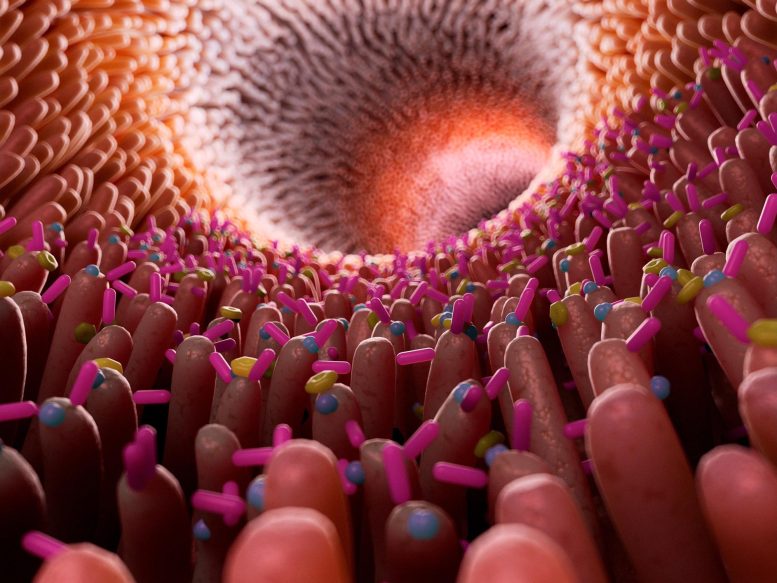
A groundbreaking study by UC San Diego researchers has uncovered thousands of new bile acids, shedding light on their critical roles beyond digestion and highlighting their potential in treating various diseases. This discovery marks a significant step forward in our understanding of the gut microbiome’s communication with the body and human metabolism.
Scientists at the Skaggs School of Pharmacy and Pharmaceutical Sciences, part of the University of California San Diego, have discovered thousands of new bile acids. These molecules are used by our gut microbiome to communicate with the rest of the body.
“Bile acids are a key component of the language of the gut microbiome, and finding this many new types radically expands our vocabulary for understanding what our gut microbes do and how they do it,” said senior author Pieter Dorrestein, Ph.D., professor at Skaggs School of Pharmacy and Pharmaceutical Sciences and professor of pharmacology and pediatrics at UC San Diego School of Medicine. “It’s like going from ‘See Spot Run’ to Shakespeare.”
Unraveling Microbial Languages
The results, as described by study co-author and bile acids expert Lee Hagey, Ph.D., are akin to a molecular Rosetta stone, providing previously unknown insight into the biochemical language microbes use to influence distant organ systems.
Bile acids originate in the liver, are stored in the gallbladder and ultimately released into the intestine, where they are deployed to aid in digestion following the consumption of a meal. The microbes in our gut metabolize the bile acids produced by the liver, changing them into a vast array of different molecules called secondary bile acids, which tend to be easier for the body to absorb. Until now, the rich diversity and range of functions of secondary bile acids have been underappreciated by scientists.
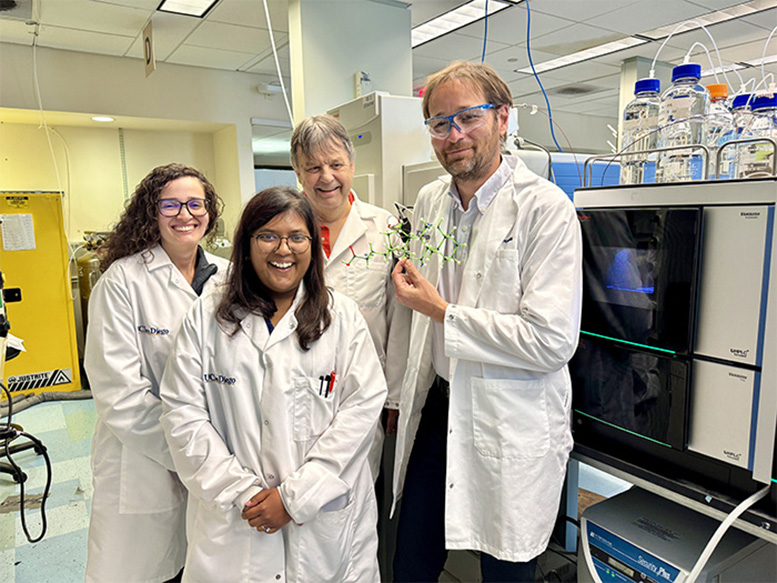
This research was completed by members of the Dorrestein lab (from left to right: Helena Mannochio-Russo, Ipsita Mohanty, Lee Hagey, and Pieter Dorrestein). Credit: UC San Diego Health Sciences
“When I started working in the lab, there were about a few hundred known bile acids,” said study co-author Ipsita Mohanty, Ph.D., a postdoctoral researcher in the Dorrestein lab. “Now we’ve discovered thousands more, and we’re also working toward realizing that these bile acids do so much more than just help with digestion.”
In addition to aiding digestion, bile acids are also important signaling molecules that help regulate the immune system and serve important metabolic functions, such as controlling lipid and glucose metabolism. These molecules also help explain how microbes in the gut are able to influence distant organ systems.
“Because of their interaction with our microbiome, the influence of bile acids spreads far beyond the digestive system, and so could the diseases we treat with them – the list of diseases related to bile acids is a mile long, and there are several FDA approvals for these kinds of acids as treatments,” said co-author Helena Mannochio-Russo, Ph.D., also a postdoctoral researcher in the Dorrestein lab.
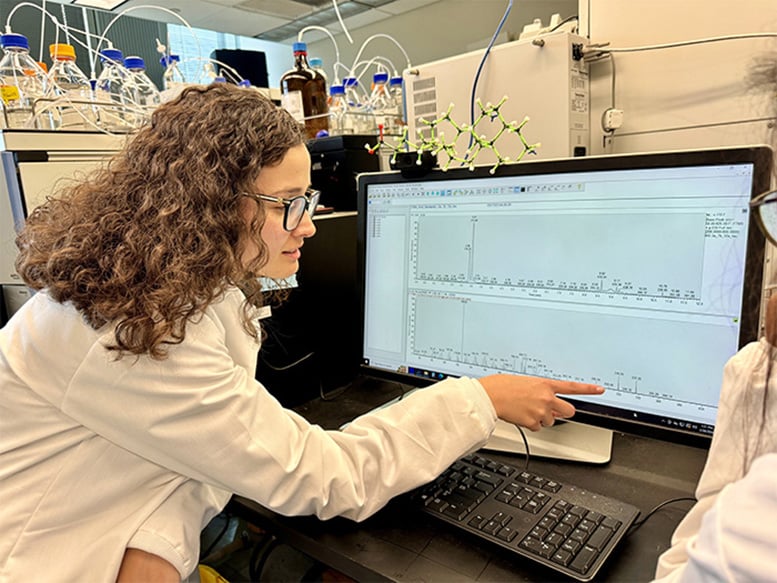
Helena Mannochio-Russo, shown in this image, and Ipsita Mohanty collaborated to conduct mass spectrometry experiments that led to the identification of thousands of new bile acids, a type of molecule used by microbes to communicate. Credit: UC San Diego Health Sciences
Collaborative Efforts and Future Directions
In order to discover these molecules, the researchers leveraged the unique resources of UC San Diego. Dorrestein is director of the Collaborative Microbial Metabolite Center (CMMC), a first-of-its-kind collaboration between UC San Diego and UC Riverside that seeks to gather and centralize information about the metabolites that microbes produce to help researchers learn more about their impact on human health and the environment.
“In other areas of biology like genomics, sharing data is common, but there hasn’t been an infrastructure in place for microbial metabolomics researchers to share data until now,” said Dorrestein “Ultimately these breakthroughs are the result of a convergence of collaboration and computing power, and we expect many more breakthroughs to come out of the CMMC.”
Earlier this year, the team debuted a new tool that can instantly match microbes to the metabolites they produce. The present study is the first of potentially many studies to utilize the tool for specific types of molecules. The researchers next hope to explore the specific functions of their newly discovered bile acids as well as use their approach on other types of biomolecules, such as lipids or other kinds of acids.
“We’re rewriting the textbook of human metabolism,” said Dorrestein. “If you’d have spoken to me a few years ago, I would have said we were decades away from solving this puzzle, but now, it could happen within five years. It’s really a remarkable change in our capabilities, and we believe it’s going to revolutionize the way we approach disease.”
Reference: “The underappreciated diversity of bile acid modifications” by Ipsita Mohanty, Helena Mannochio-Russo, Joshua V. Schweer, Yasin El Abiead, Wout Bittremieux, Shipei Xing, Robin Schmid, Simone Zuffa, Felipe Vasquez, Valentina B. Muti, Jasmine Zemlin, Omar E. Tovar-Herrera, Sarah Moraïs, Dhimant Desai, Shantu Amin, Imhoi Koo, Christoph W. Turck, Itzhak Mizrahi, Penny M. Kris-Etherton, Kristina S. Petersen, Jennifer A. Fleming, Tao Huan, Andrew D. Patterson, Dionicio Siegel, Lee R. Hagey, Mingxun Wang, Allegra T. Aron and Pieter C. Dorrestein, 11 March 2024, Cell.
DOI: 10.1016/j.cell.2024.02.019
This study was funded, in part, by the National Institutes of Health (grants U24DK133658, R01GM107550, U19AG063744, U01DK119702, S10OD021750), the Biotechnology and Biological Sciences Research Council and National Science Foundation (grant BBSRC/NSF 2152526), the Gordon & Betty Moore Foundation, Natural Sciences and Engineering Research Council of Canada (grant RGPIN-2020-04895).


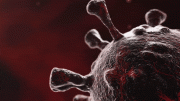

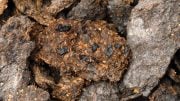


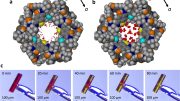

Be the first to comment on "Scientists Discover “Molecular Rosetta Stone” – Findings Reveal How Our Microbiome Talks to Us"